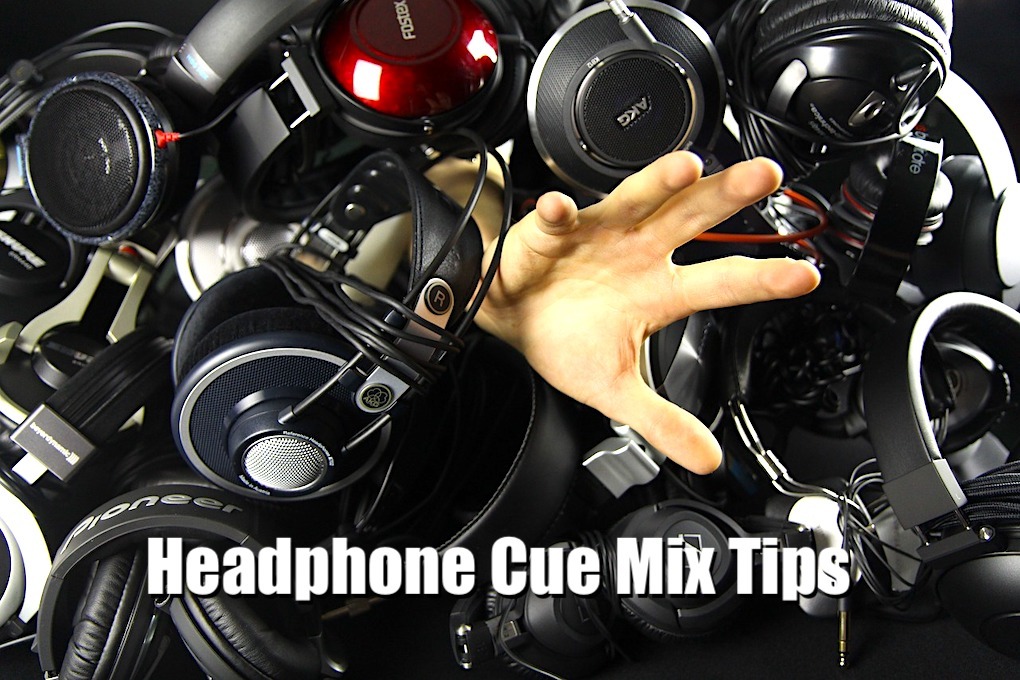- in Production by Bobby Owsinski
- |
- 1 comments
4 Tips For A Great Headphone Cue Mix

Perhaps the greatest detriment to a session running smoothly is the inability for players to hear themselves comfortably in the headphones. This is one reason why veteran engineers spend so much time and attention on the cue mix and the phones themselves. In fact, a sure sign of an inexperienced engineer is treating the headphone mix as an afterthought instead of spending as much time as required to make them sound great.
While it’s true that a veteran studio player can shrug off a bad or distorted phone mix and still deliver a fine performance, good “cans” makes a session go faster and easier, and take out of the equation a variable that can sometimes be the biggest detriment to a session. Here are 3 tips from the recently released Recording Engineer’s Handbook 4th edition that will make sure that the players and vocalists are happy with their headphones when the session begins.
1. Long before the session begins, test every headphone to make sure there’s no distortion and they’re working correctly (test with actual music).
2. Make sure there’s plenty of cable available so that the musicians can move around as needed. Use cable extenders as necessary.
3. Check to make sure that the cables are not intermittent (Nothing stops a session as fast as a crackling phone).
4. Build a basic cue mix. Many cue systems today provide the ability for a musician to dial in a individual mix themselves but many players get frustrated trying to do that. It’s best to get a basic mix together for them before they ever step in the room.
To make this simpler, some engineers send the stereo monitor mix (the mix that you’re listening to in the control room) to the phones first and then add a little more of the individual instruments as needed (“more me”). This is a lot easier than building up individual mixes, unless that’s what the musicians request.
Whereas at one time each studio had to jerry-rig together their own headphone amp to power their cue mixes, these days it’s easy and fairly inexpensive to buy a dedicated headphone amplifier from any number of manufacturers that’s easy to set up and sounds great. Companies such as Behringer, Furman, PreSonus, Rolls, and Aphex all make units that will work better and can be a lot cheaper than the traditional method of a large power amp with resistors strapped across it.
You can read more from The Recording Engineer’s Handbook and my other books on the excerpt section of bobbyowsinski.com.

